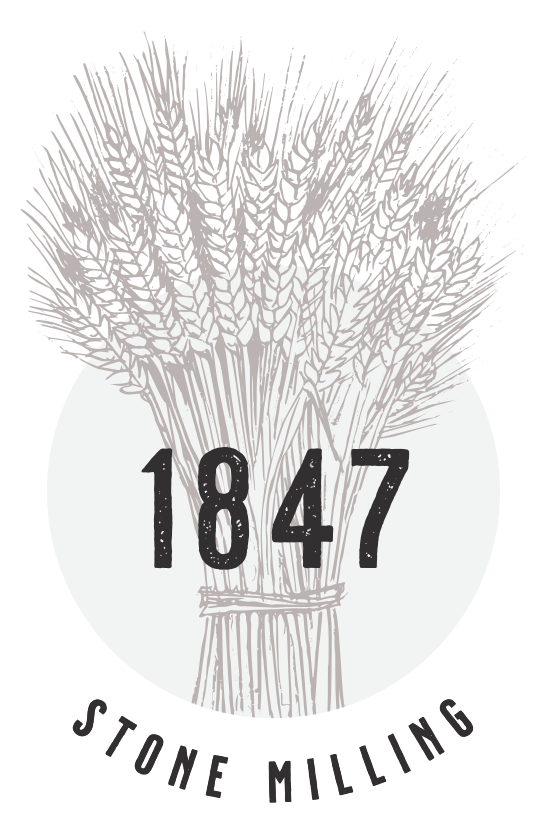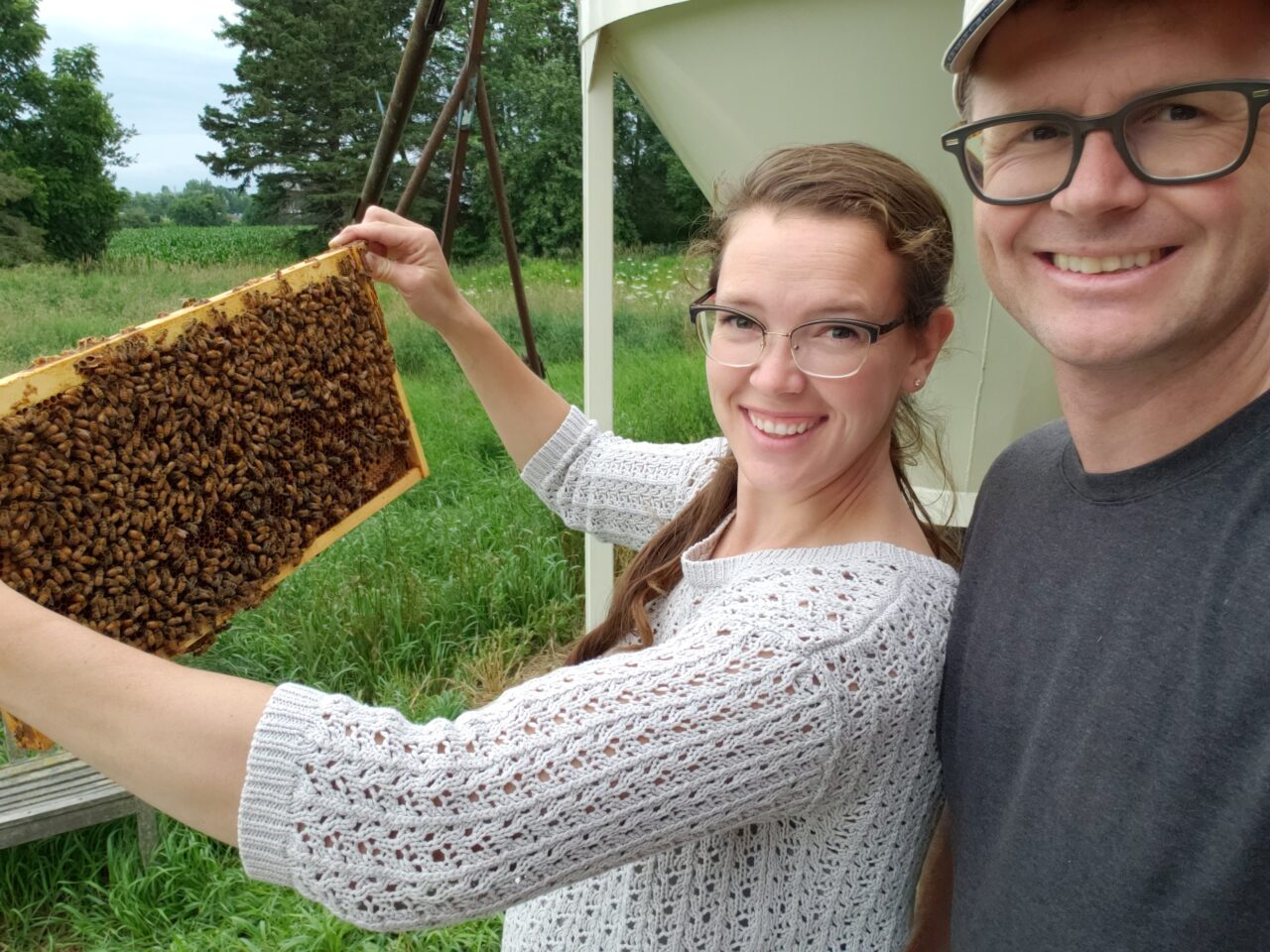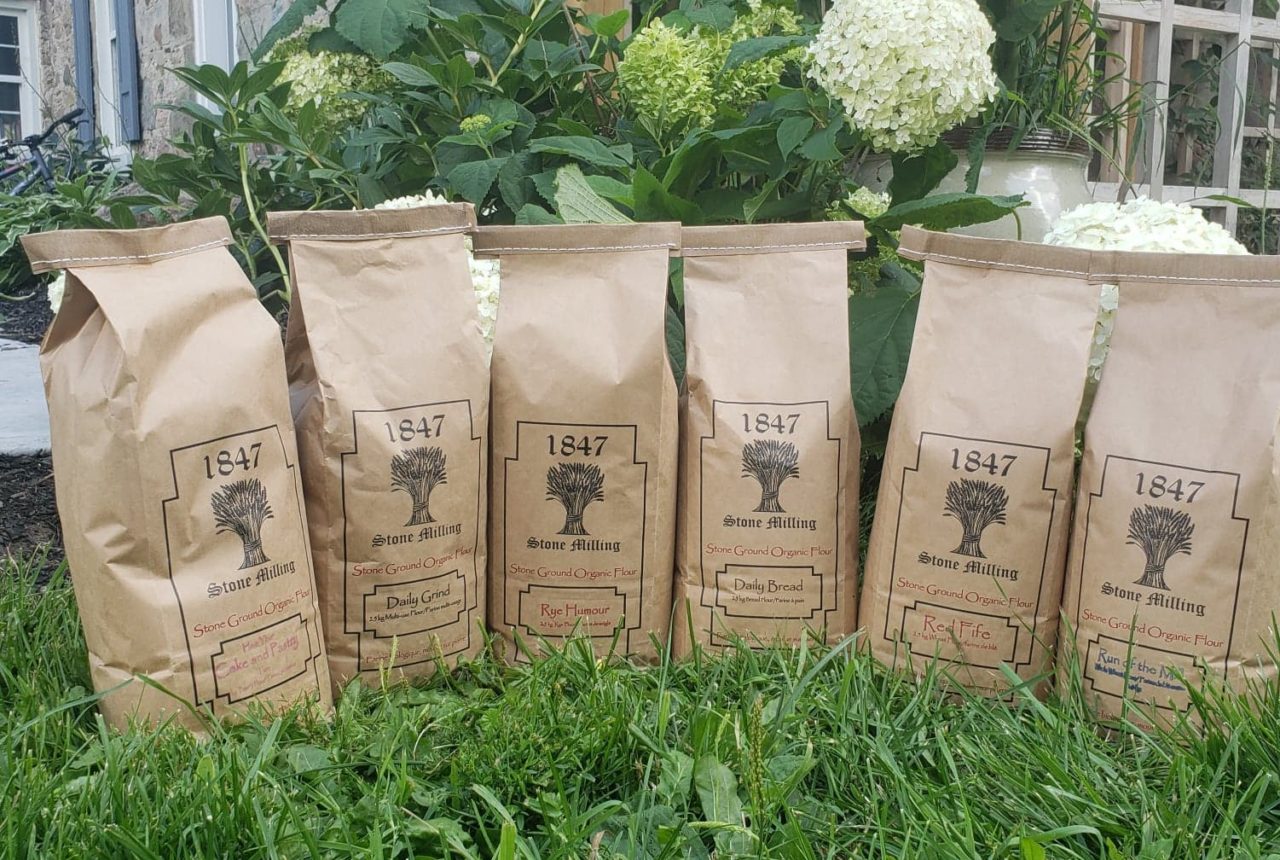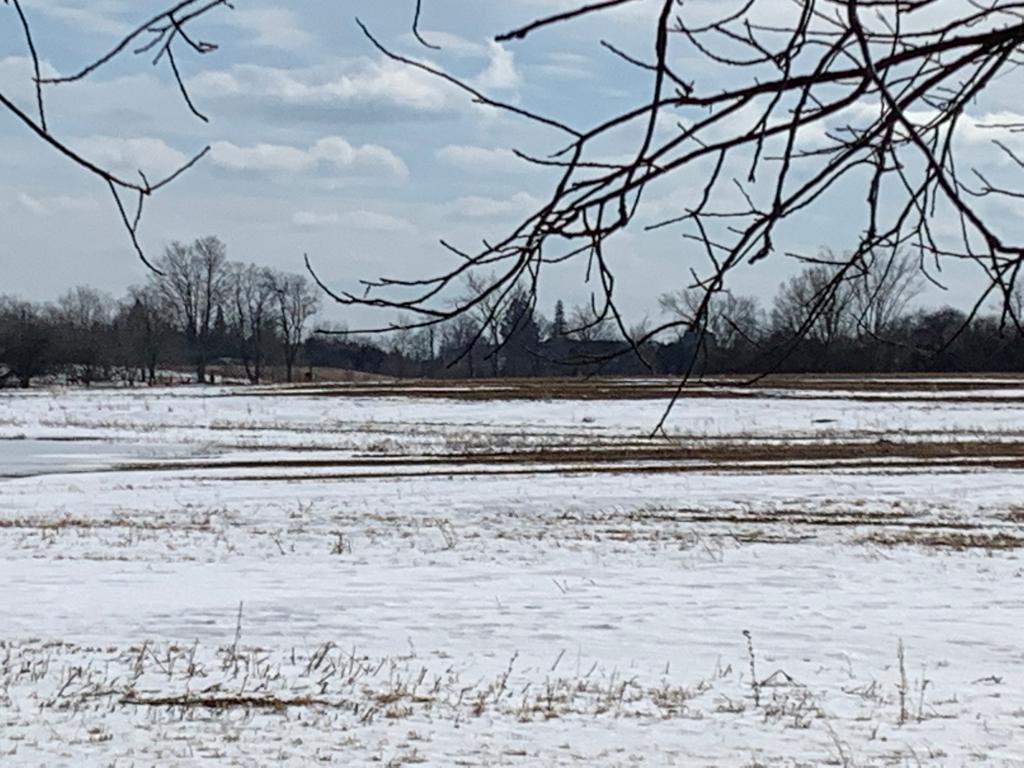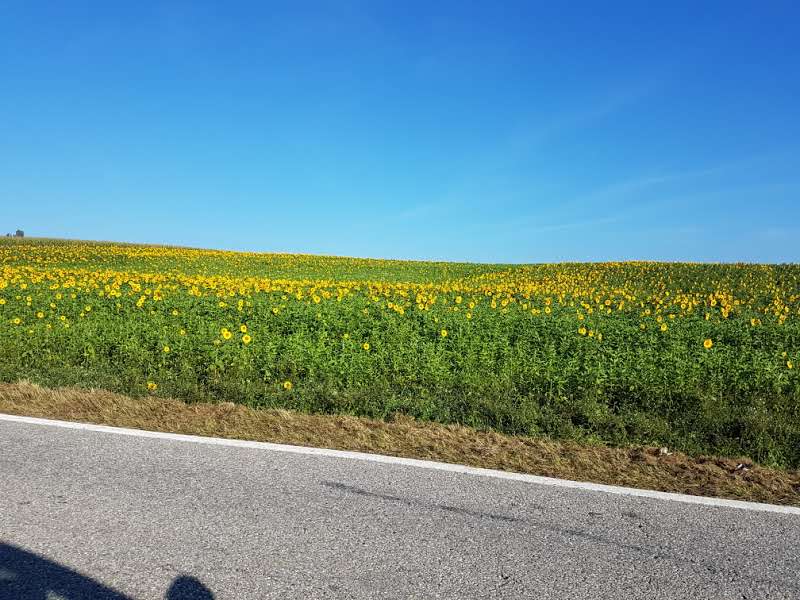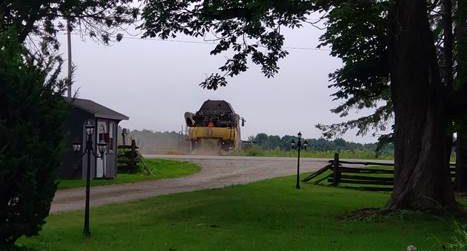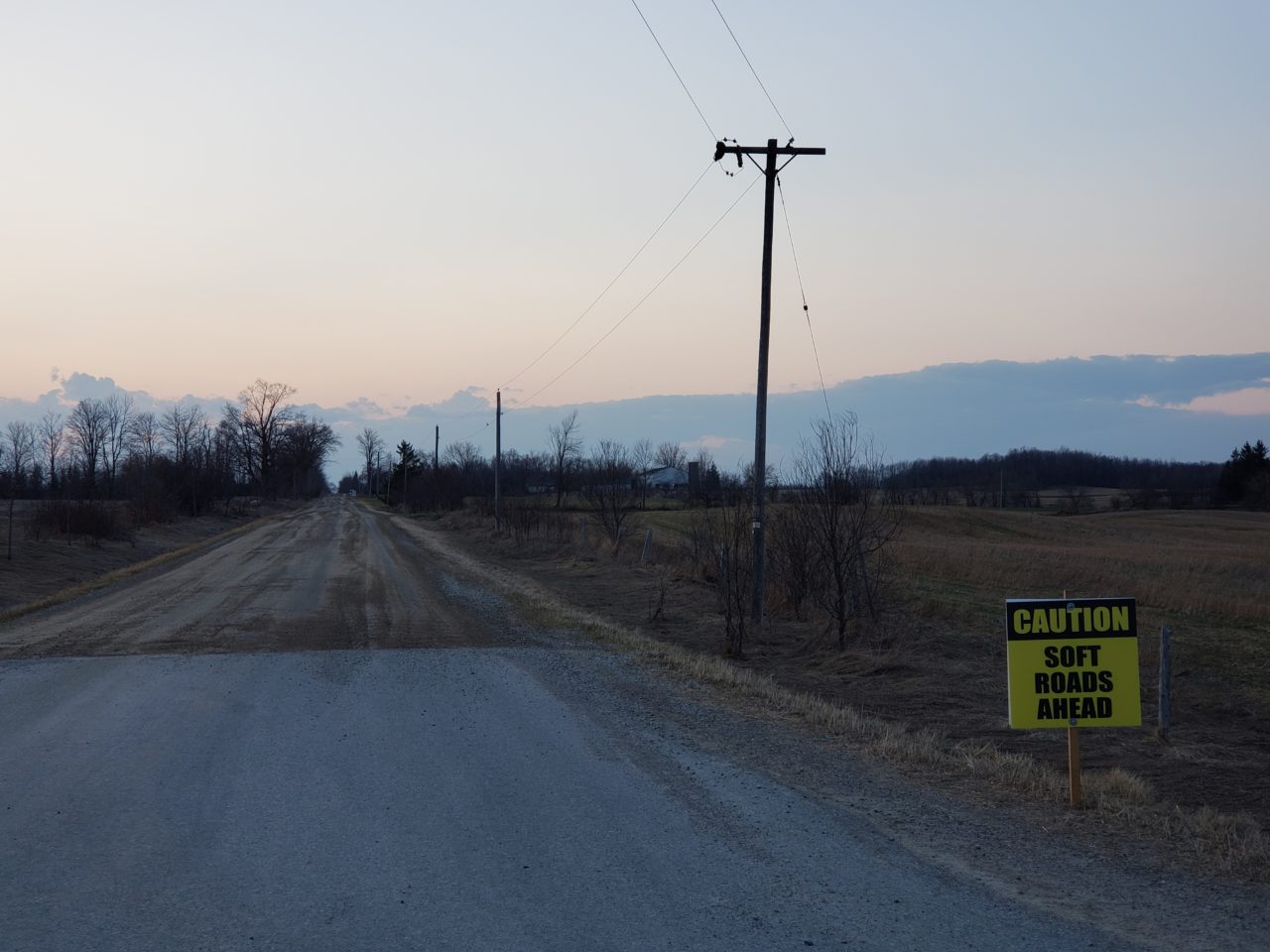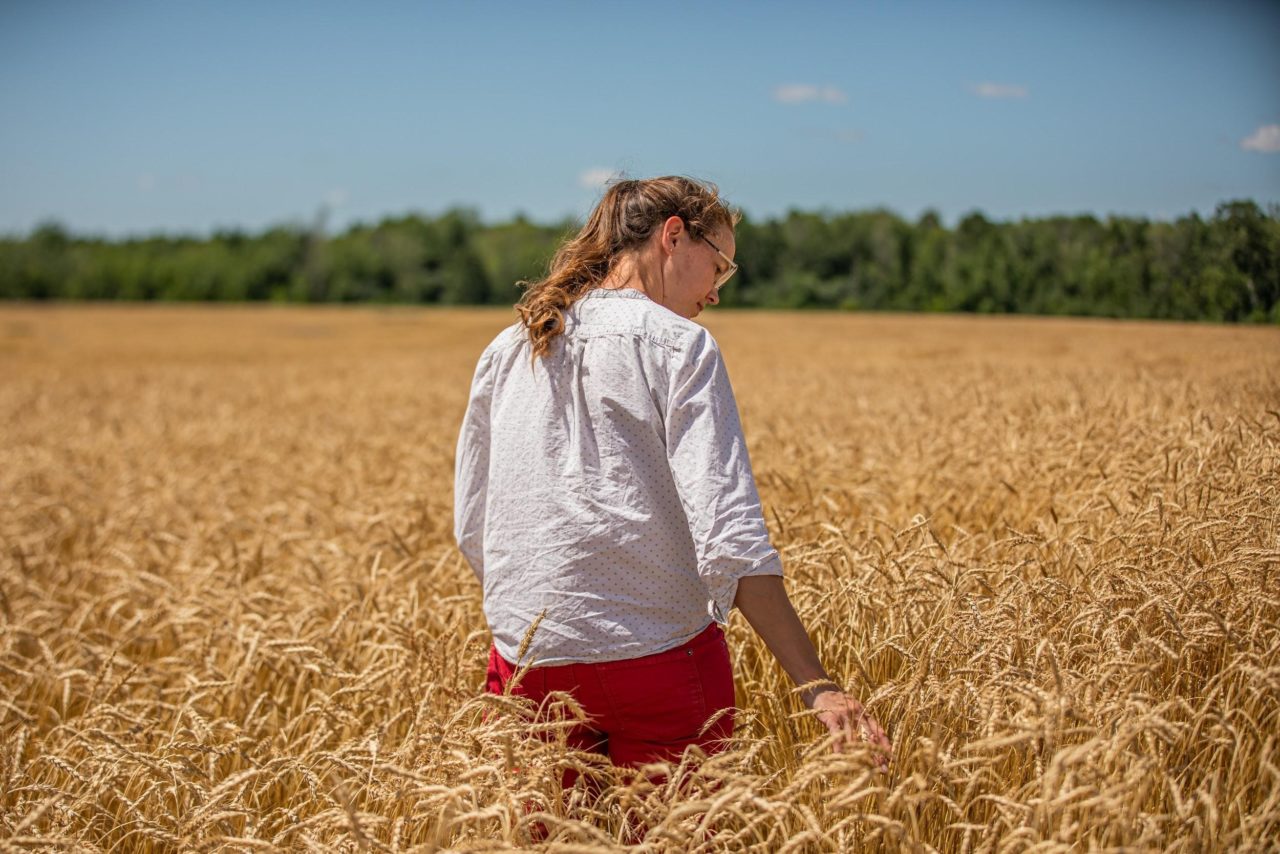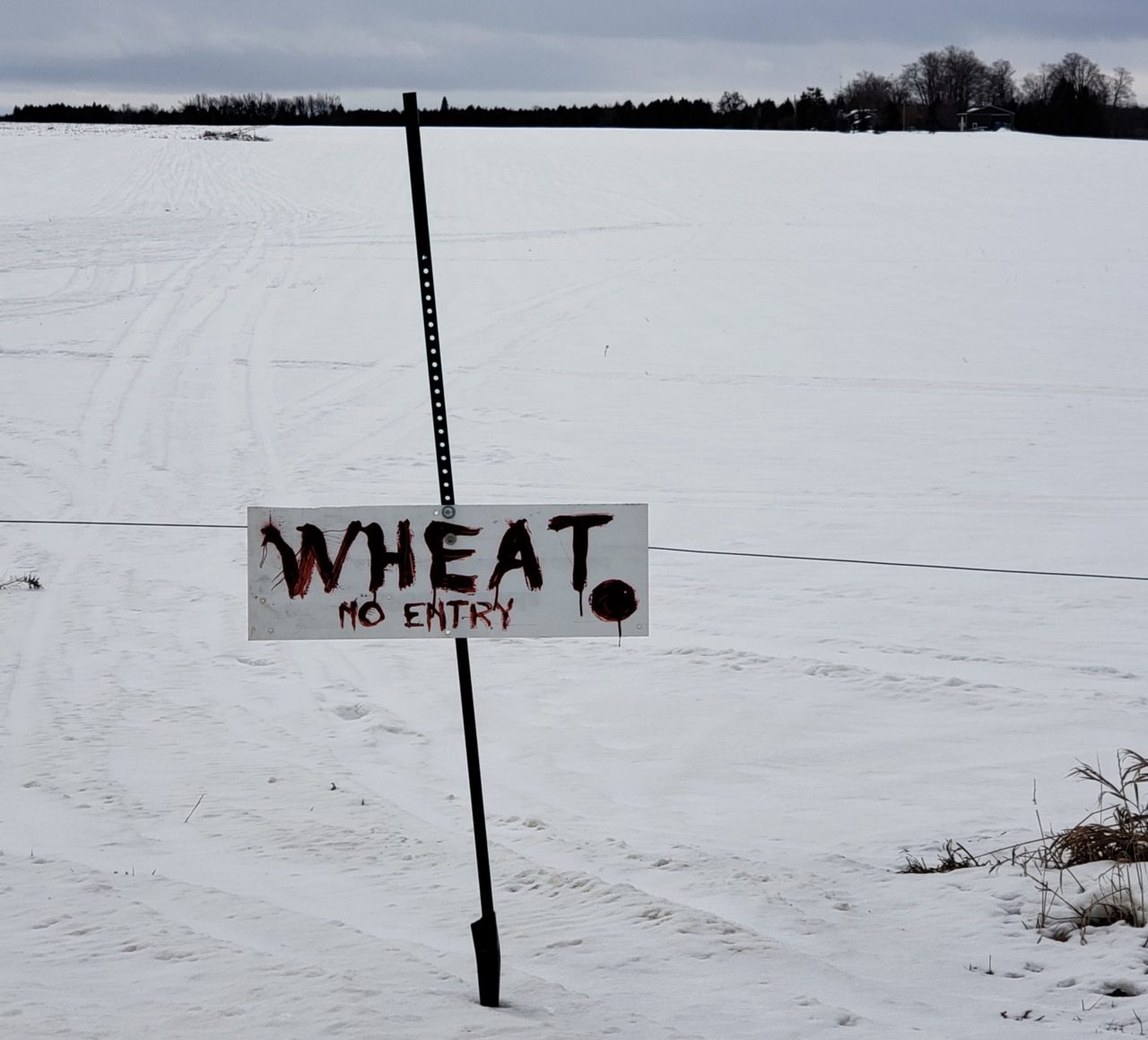As we dive into the second half of the summer we would like to share some valuable insights about pests and how you can safeguard your precious flour and grains from these pesky creatures. We take immense pride in our commitment to providing you with the finest quality products, and we believe it’s crucial to arm you with the knowledge you need to preserve your baking essentials during this warm and pest-prone time of the year.
Battling Summer Pests: The summer months bring not only joy and warmth but also unwelcome pests into our homes. Flour beetles, weevils, and moths are particularly notorious for infesting grains and flour, posing a serious threat to their freshness and taste. As a small flour mill, we understand the importance of protecting your ingredients from these unwanted visitors to ensure the deliciousness of your culinary creations.
The Freezing Solution: We have some fantastic news for all the home bakers and cooking enthusiasts out there! One simple and effective way to keep those pesky pests at bay is by employing your freezer. Yes, you heard that right! By placing your flour or grains in the freezer for a couple of days, you can eradicate any eggs or larvae that might make their way from the outside world in! This easy and natural method ensures that you have pest-free ingredients to work with, maintaining the integrity of your baked goods.
How Freezing Works: The process is straightforward; transfer your flour or grains into airtight containers or sealed plastic bags, if you have a smelly freezer, or directly into the freezer with the paper bags. The cold temperatures will halt the life cycle of any roaming pests, effectively stopping them in their tracks. Once the freezing time is up, remove the containers or bags from the freezer, allow them to reach room temperature, and voila! Your ingredients are safe, sound, and ready to be transformed into scrumptious delights.
The Quality Assurance: By adopting this freezing practice during the summer, you’re not only ensuring the highest quality of your baked goods but also preventing anyone else from munching on your grains or flours.
Embrace Summer Baking: Armed with the knowledge to combat summer pests, there’s no reason not to embrace the joy of summer baking! Whether you’re whipping up loaves of bread, crafting delectable pastries, or experimenting with new recipes, rest assured that your ingredients are safeguarded, thanks to the wonders of freezing.
As the summer sun graces us with its warmth, we hope you find this helpful in preserving the quality of your flour and grains. Stay tuned for more tips and updates from 1847 Stone Milling, as we continue our mission to provide you with the best baking experience possible.
Happy baking and have a wonderful summer!
